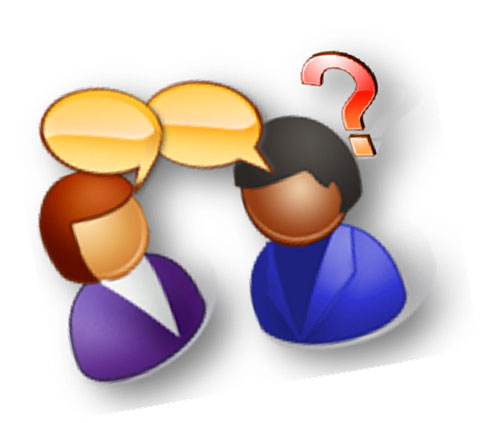

"Here is the pen that you asked for."
"Here is the pen which you asked for."
The difference between "That" and "Which" (in this context) is the difference between identifying an object and describing that object. "That" is used for identification, as in "Here is the pen that you asked for." "Which" is used for description (as is "who") as in: "Here is the pen that you asked for and which we spent an hour looking for." The object of a statement has first to be identified to the hearer, which, when this is done by describing some quality of the object, is done by means of a "that" clause. This can stand alone, as in "Here is the pen that you asked for." If the speaker wishes to add further information concerning the object that has been identified then he or she can do so using the "which" clause. Other examples of use of "that" and "which":
- "The dates that she cites are consistent with theory."
- "This is the house that Jack built and which he later sold." The statement about Jack's house says: There's a house. Which house` The one that Jack built. Oh ... what of it` He later sold it.
- "She brought her dog, which caused general dismay." Here it is her bringing the dog, not the dog itself, which caused dismay. If it was the dog which caused dismay then one would say "who", since dogs are persons too. If she had brought her dead dog, and the canine corpse itself caused dismay, then one would say "which".
If the object of a statement is already known to the hearer (so that no identification is needed) then "which" is used rather than "that", e.g.
- "I am replying to your letter, which arrived yesterday."
Here the writer assumes that the reader knows what object is being referred to. If there is some uncertainty he might write:
- "I am replying to the letter from you that arrived yesterday."
Or:
- "I am replying to the letter from you that arrived yesterday and which caused me no end of merriment."
The situation is a bit different when the object being identified is a person. "Here is the lady that you asked to speak to" is correct but it is better to say "Here is the lady whom you asked to speak to." Subsequent description uses "who" rather than "which":
- "Here is the lady whom you asked to speak to and who has been wanting to speak to you."
It is possible to describe an object which has not been identified, e.g.
- "For any given classification of calendars there exists (or it is possible to invent) a calendar which does not fall neatly into a unique class."
Here we are attributing a property to an object whose identity is unknown, i.e., it is said to exist but we don't know exactly which object it is. It has not been identified, yet we wish to describe it, which is why we use "which" rather than "that".
